Old and new aquaculture diseases mean clean, healthy animals as critical today as ever
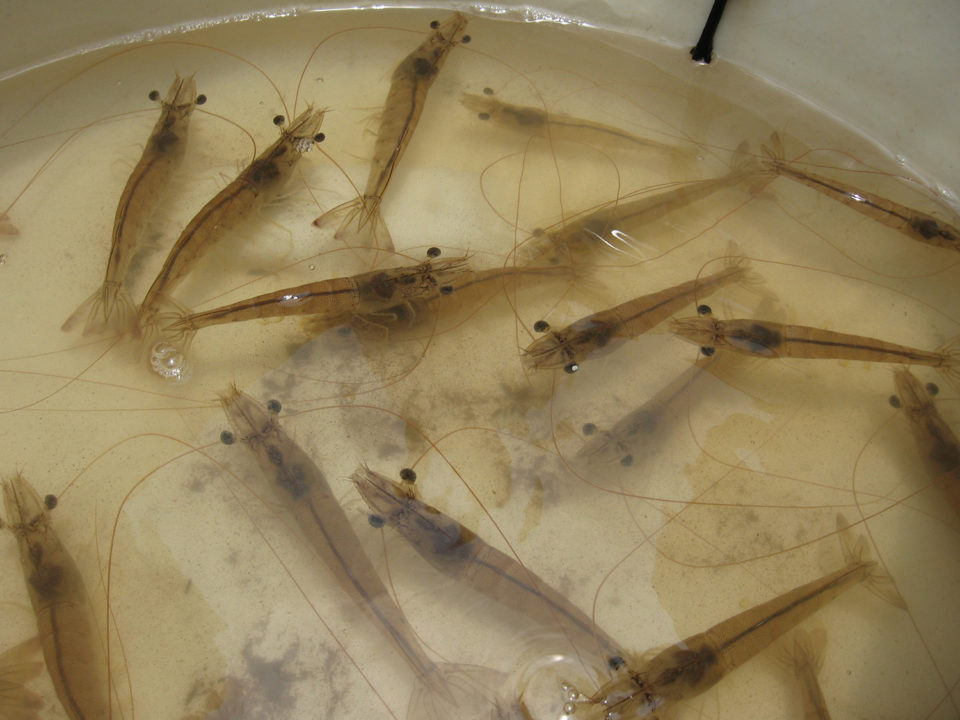
The considerable global impact that various major diseases – mostly viral – have had on the commercial shrimp farming industry throughout its 40-year history has significantly affected the design of new farms, their operation and management, and disease diagnostics and prevention. This impact has also increased industry awareness for the need for better husbandry methods to reduce the risks of exposure to various pathogens, and the understanding of the need for better management practices to prevent diseases and promote animal health.
Commercial shrimp farming is a young industry and its health management practices still lag behind other animal production industries, in part because of the need to better understand shrimp physiology and their production systems. Increased involvement by animal health specialists and veterinarians can improve health management practices like those used in the husbandry of various terrestrial animal species.
Lessons from other industries
For several years, the modern poultry industry experienced significant production increases and associated decreases in losses due to diseases, and is probably the best example illustrating the economic advantages of biosecure animal production systems and management. The aquaculture industry must continue following this example to continue growing in a responsible manner. Aquatic broodstock and seedstock biosecurity and simultaneous protection of natural stocks are necessary to sustained, responsible and profitable aquaculture production.
Our knowledge and understanding of major shrimp diseases has improved significantly over the past two decades, mainly due to their serious impact on commercial farming. In terrestrial husbandry, “animal health” and “herd health” indicate either freedom from disease or minimal levels of disease in individual animals or in herds. Biosecurity is a less familiar term, generally referring to management practices that protect the herd from the entry of new diseases and minimize the spread and/or adverse effects of diseases in the herd.
In shrimp farming, biosecurity involves practices to reduce the probability of pathogen introductions and their subsequent dissemination. Many shrimp producers still only give limited attention to routine biosecurity at their hatcheries and farms, either because they don’t have the knowledge or due to a misconception that the potential costs of implementing biosecurity measures will outweigh the benefits.
Implementation of biosecurity protocols does require greater levels of awareness and discipline among all hatchery and farm personnel, and a strong and sustained commitment by management to implement them. However, the concept of biosecurity seems to have lost a bit of relevance to many shrimp producers in some shrimp farming areas, and this is of concern, considering that major new diseases have started impacting the industry in recent years while various “older” diseases are still very much around.
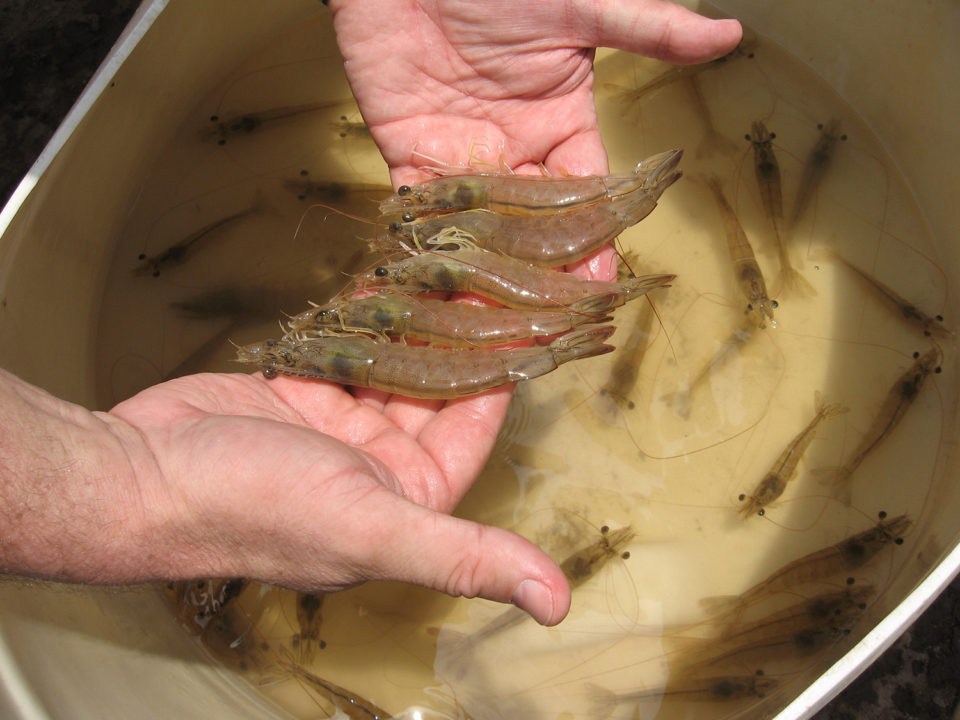
Newer diseases
Two relatively new, non-viral diseases have had a major global impact on shrimp production in the last few years: Early Mortality Syndrome or Acute Hepatopancreatic Necrosis Disease (EMS/AHPND), and hepatopancreatic microsporidiosis or EHP, named after the responsible pathogen (Enterocytozoon hepatopenaei). Losses caused by each of these two new diseases have been estimated to be over $1 billion annually. To learn more about these two shrimp diseases, readers are encouraged to visit the website of the Responsible Aquaculture Foundation and check out its comprehensive educational courses.
EMS is caused by a unique strain of the common bacterium Vibrio parahaemolyticus, and can be transmitted horizontally from shrimp to shrimp and vertically from broodstock to eggs. It colonizes uneaten feed and assorted organic sludge on the bottoms of ponds and tanks, and also chitinous surfaces such as shrimp molts and the linings of shrimp stomachs. After an EMS bacterial colony reaches a certain density, it generates a strong toxin that causes destroys the shrimp hepatopancreas.
EHP is an acronym for a disease named after Enterocytozoon hepatopenaei, a tiny microsporidian parasite that affects shrimp by disrupting their digestive systems. EHP typically does not cause high mortality, but causes slow growth and wide size variation in infected shrimp. It can be particularly difficult to eradicate because the pathogen reproduces through highly resistant spores.
As with many other shrimp diseases, typical risk factors for EMS and EHP include animal movement, water sources and other vectors, equipment and vehicles, general animal health and management methods. From a biosecurity perspective, because neither pathogen requires a host organism to replicate in a marine environment, they can be very difficult to eradicate once established.
A biosecurity plan to manage these pathogens must be mostly preventive in nature and include strict animal sampling and testing procedures; facility flow protocols for animals and personnel, as well as very aggressive cleaning and disinfection procedures and other measures designed for maximum pathogen exclusion. In addition, for EMS, limiting the availability of nutrients for the causative Vibrio parahaemolyticus – like organic matter and uneaten feed – seems to be a helpful management strategy.
Biosecurity needs reliable, timely diagnostic tools
A cost-effective health management and biosecurity program requires reliable diagnostic tools to make adequate and timely decisions on management procedures to control or exclude pathogens. Virulent pathogens can produce catastrophic mortalities very rapidly, and shrimp producers need fast diagnostic capacity in order to respond effectively. Practical diagnostic methods that are accurate, sensitive, rapid and cost-effective include molecular tests like PCR, dot blot gene probes and other methods.
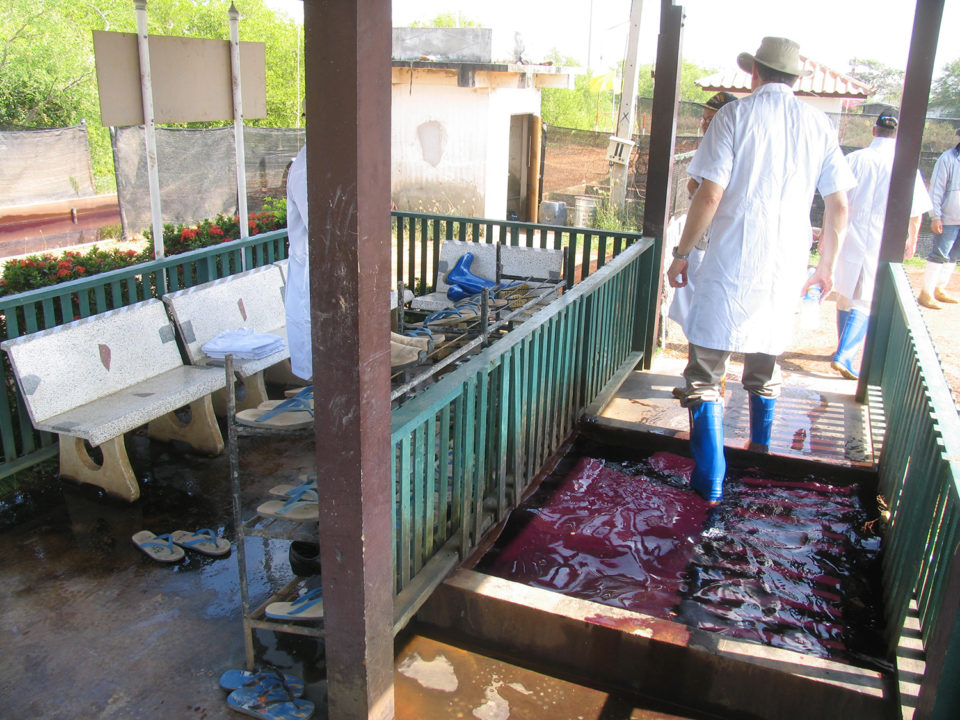
Biosecurity must be cost-effective
Developing and implementing a cost-effective, biosecure shrimp-farming protocol depends on several considerations, including designing and implementing aggressive methods for disease exclusion from culture systems (pathogen exclusion from water and carriers) and effective broodstock and postlarvae screening. In addition, effective health management involving genetic selection, specific pathogen free/resistant stocks, stocking strategies, limited or zero water exchange, feed management and use of immune stimulants to increase host defenses). Finally, strict and proactive health monitoring and farm management strategies, along with appropriate environmental management.
Other very important considerations include farm location (site selection) and design. Relatively few shrimp production facilities have been designed with specific provisions for preventing diseases, even though it is less costly to consider the need for pathogen exclusion, disease prevention and treatment options during the planning process, rather than retrofitting existing facilities.
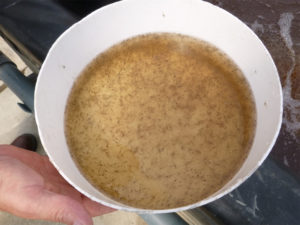
Eliminating or reducing water exchange is central to preventing various major diseases, by excluding pathogens and/or their carriers; also, to reduce fluctuations in water quality that can stress the animals and trigger a disease outbreak. There are several examples of successful commercial farms in Asia, Latin America and elsewhere that implement reduced water exchange, with a variety of layouts and treatment technologies ranging from zero exchange, biofloc systems and closed systems that recirculate water internally.
Perspectives
The most successful strategies for managing shrimp health at production facilities are based on a combination of prevention by exclusion, controlling or limiting resources needed by the pathogen, and best management practices that focus on creating a healthy, non-stressful environment for the shrimp. Some in the industry may have forgotten that biosecurity starts in the hatchery. Stocking postlarvae of the highest quality possible, healthy and free of pathogens, is critical to the success of any shrimp farm.
Various major diseases have significantly impacted the shrimp farming industry globally during its short history, but have not prevented its technological development and continued expansion. But the need for improved health management and disease prevention is as critical today as ever. Effective biosecurity will always be key to maintain the shrimp farming industry commercially viable and responsible.
Now that you've reached the end of the article ...
… please consider supporting GSA’s mission to advance responsible seafood practices through education, advocacy and third-party assurances. The Advocate aims to document the evolution of responsible seafood practices and share the expansive knowledge of our vast network of contributors.
By becoming a Global Seafood Alliance member, you’re ensuring that all of the pre-competitive work we do through member benefits, resources and events can continue. Individual membership costs just $50 a year.
Not a GSA member? Join us.
Author
-
Darryl E. Jory, Ph.D.
Editor Emeritus
Global Aquaculture Alliance[103,114,111,46,101,99,110,97,105,108,108,97,97,103,64,121,114,111,106,46,108,121,114,114,97,100]
Tagged With
Related Posts
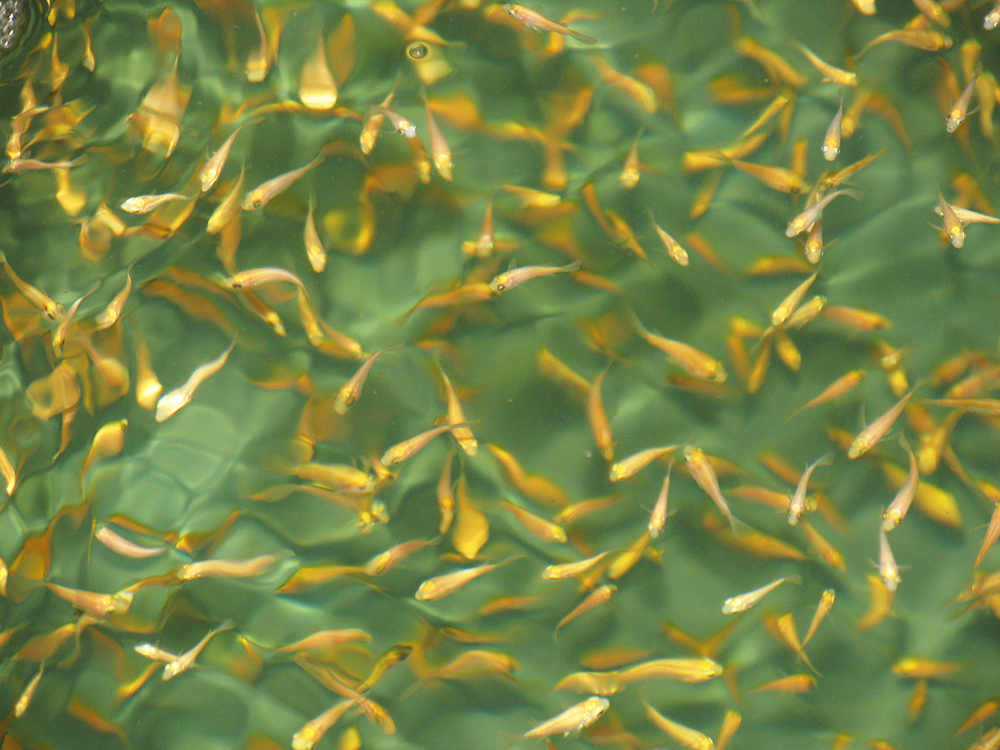
Health & Welfare
Biosecurity practices on fish farms need beefing up
Biosecurity measures and preventive strategies are essential in any biological production chain. Properly planned and implemented biosecurity programs will enhance animal health, production and economics.
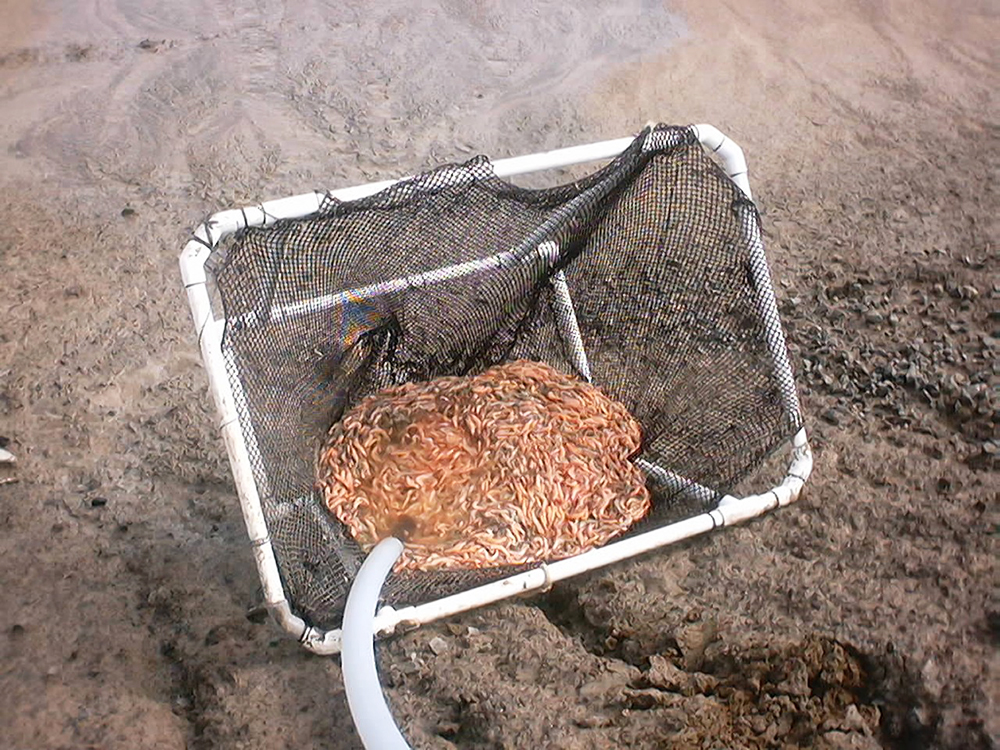
Aquafeeds
Biosecurity protocols needed for shrimp feeds, feeding practices
Shrimp aquafeeds – live, fresh or formulated – should not be an entry point of potential pathogens to the shrimp and/or to their culture systems.

Health & Welfare
A holistic management approach to EMS
Early Mortality Syndrome has devastated farmed shrimp in Asia and Latin America. With better understanding of the pathogen and the development and improvement of novel strategies, shrimp farmers are now able to better manage the disease.
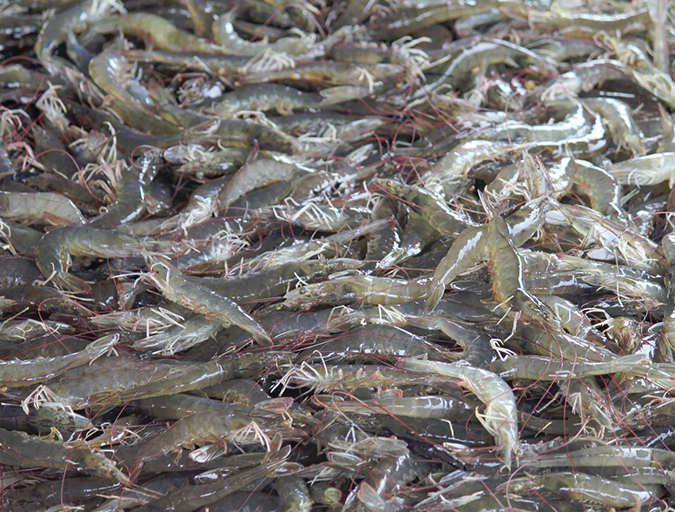
Health & Welfare
Four AHPND strains identified on Latin American shrimp farms
Two virulence genes are known to encode a binary photorhabdus insect-related toxin that causes acute hepatopancreatic necrosis disease in shrimp. The pathogenicities of these V. campbellii strains were evaluated through laboratory infection and subsequent histological examination in P. vannamei shrimp.



